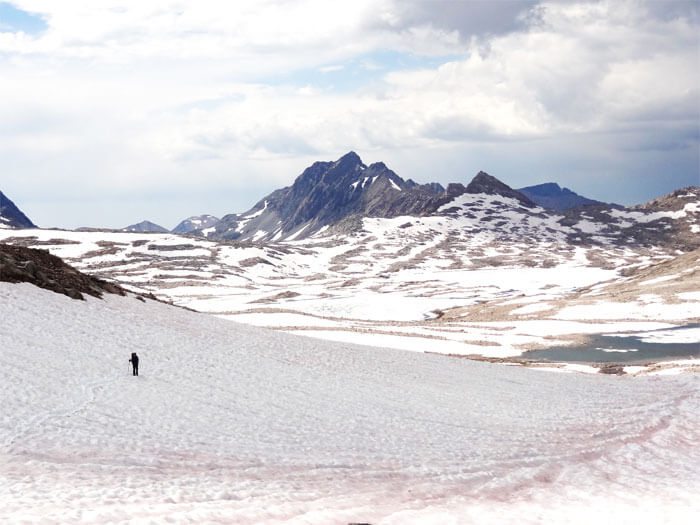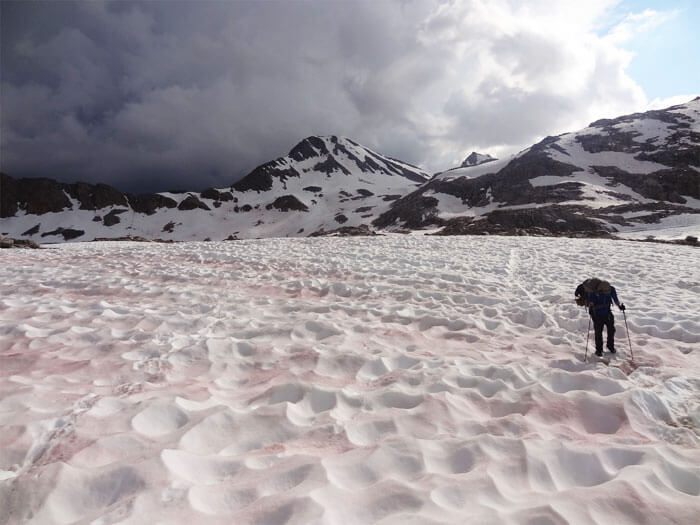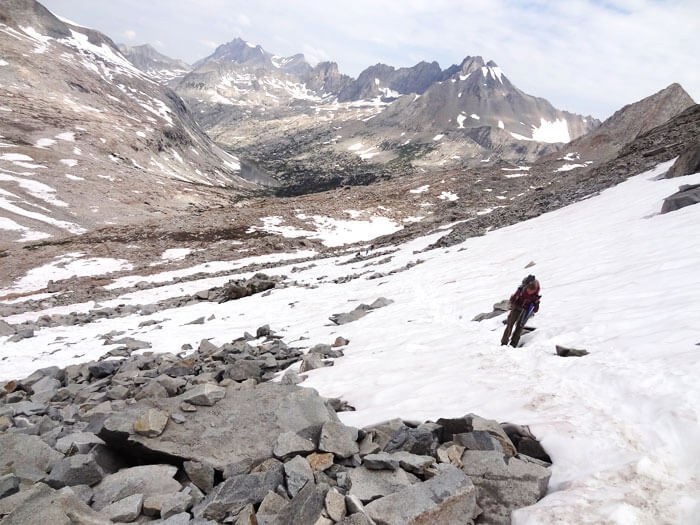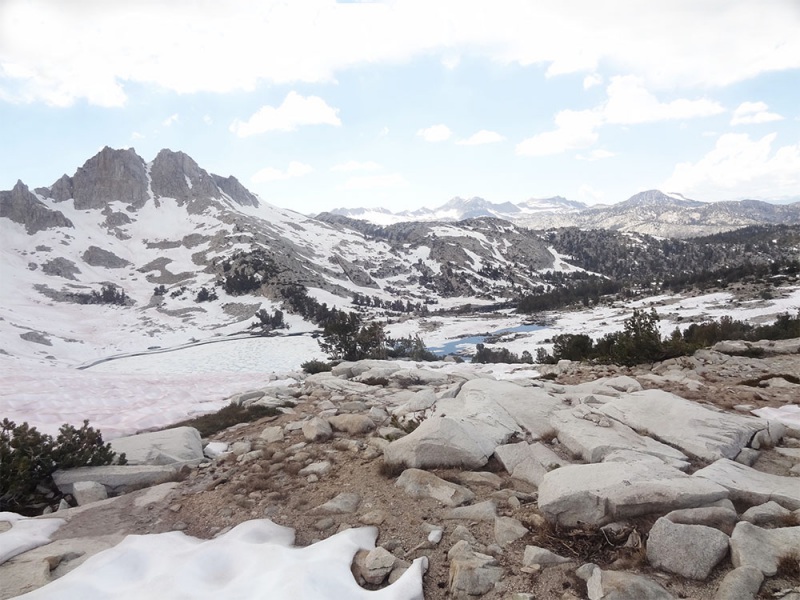John Muir Trail Passes: 4 Safety Tips To Keep in Mind
In: Trail Notes
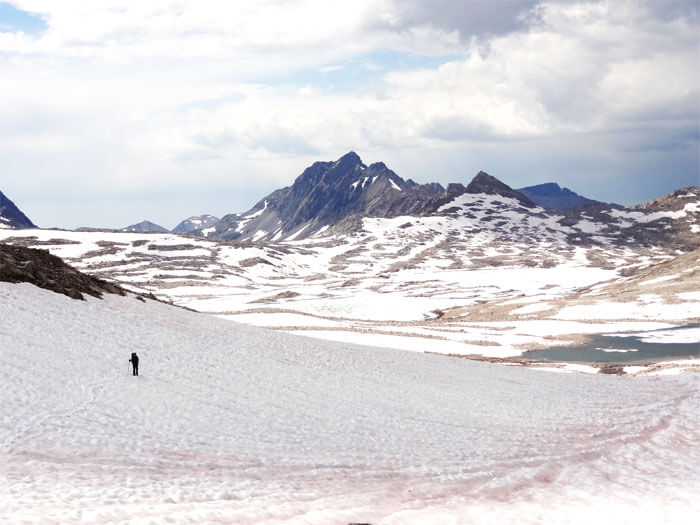
Things I have Learned About Crossing the John Muir Trail Passes
John Muir Trail crosses six mountain passes over 11,000 feet from north to south, Donohue Pass, Muir Pass, Mather Pass, Pinchot Pass, Glen Pass, and Forrester Pass. Each pass on the John Muir Trail offers unique, wild, spectacular views that will leave you feeling speechless and in AWE! Crossing safely each pass is another whole different endeavor. Each pass may be very short, consisting of steep slopes to the top of the pass, or some may be a valley many miles long, covered in snow whose highest point might only be identifiable by surveying. The purpose of this post is to provide helpful tips for crossing the John Muir Trail passes.
4 Top Safety Tips for Crossing The John Muir Trail Passes
1. Camp At The Bottom
When crossing the John Muir Trail Passes, it is best you camp the night before your ascent at the bottom of the pass. The low oxygen at higher altitude directly affects the sleep center of the brain. Sleeping at low altitudes helps your body recover so you can tackle high altitudes the next day. Frequent awakenings, light sleep and the less total time of sleep are the main problems, I experienced in the past when sleeping at higher altitude. Sleeping at the bottom of the pass will go a long way to giving you a good night sleep and and fresh start early in the morning.
2. Start Early
Tackling the John Muir Trail passes early in the morning is much easier than late in the afternoon. Weather temperatures are cooler and snow condition is hard, compact and crisp. Having your crampons, or microspikes will help with footing, balance and getting a good grip of the snow. Weather patterns on the passes can be very unpredictable, and thunderstorms can come out of nowhere in the late afternoon. For example, while hiking the John Muir Trail back in 2017, my JMT trail friend Peter and I missed the storm by seconds after resting on top of the Muir pass longer than we needed to. Had we stayed a bit longer on top of the Muir Pass, we would be bunking up inside the Muir Pass Hut like so many other people who start their hike late and stay too long on top of the pass.
3. Watch Your Footing
Slip and falls are common on the passes if you are not careful or familiar hiking on the snow-fields and scrambling down a loose rock. Snow conditions are rough and icy on Mather Pass. Careful footing and having the right gear such as crampons, or microspikes will help with balance and getting across the pass.
4. Physical and Mental Preparation
Hiking for 15-19 miles a day, burning close to 3,000- 5,000 calories a day, crossing heavy rivers, developing blisters, experiencing shoulder, back, and hip pain will begin to take your body out of your comfort level. Getting your body physically prepared in advance will go along way preventing unnecessary injuries on the trail. Hiking the John Muir Trail is not the time to get your body physically in shape. Many have tried and unfortunately, some abandon the trail due to injuries, altitude sickness, and many other reasons. Be prepared physically and mentally in advance will serve you well on safely crossing the John Muir Trail passes.
you might also like
-
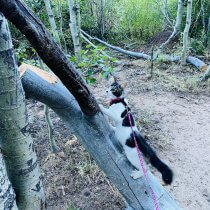
Sunrise Hike at Spooner Lake
September 3, 2022
-
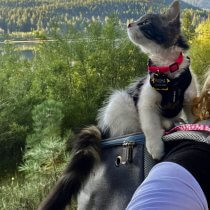
Hiking with Pasha
August 26, 2022
-
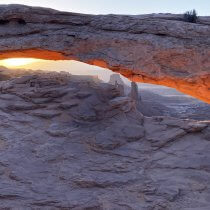
8 Day Hiking Trip to Arches and Canyonlands National Park
June 7, 2022
